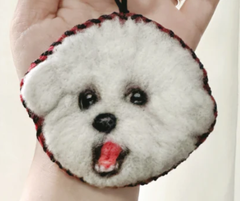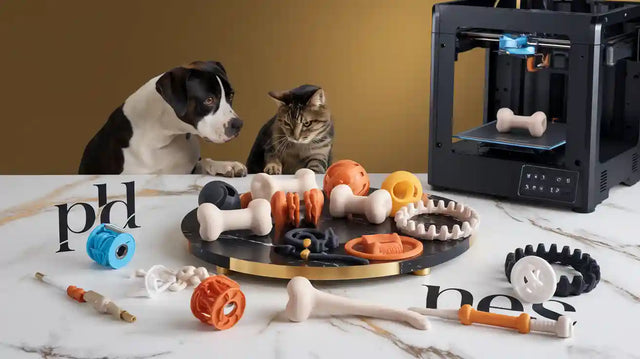Pawimprint’s guide to choosing the best materials for 3D print pet toys
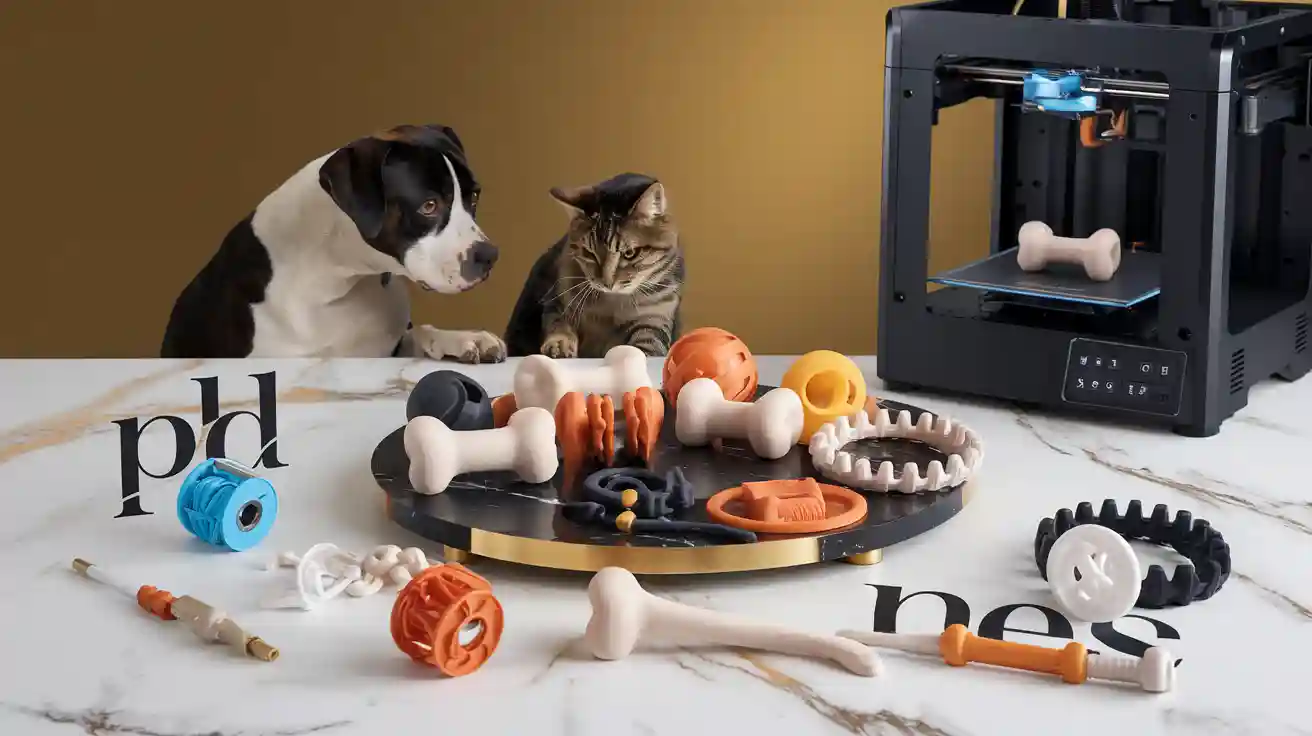
You want your pet to have the best, so picking the right material for a 3d print pet toy is important. Many pet owners choose PLA, PETG, or TPU because these are safe, strong, and bend easily. Your pet’s size, how much they chew, and how they play all help you decide which material to use. Pawimprint cares about quality and making things just for you, so you can make a 3d print pet toy that fits your pet well and keeps playtime safe.
Key Takeaways
Choose non-toxic materials like PLA, PETG, or TPU to keep your pet safe during play.
Match the toy’s material and size to your pet’s chewing habits and play style for longer-lasting fun.
Customize toys with colors, shapes, or names to make playtime special and engaging for your pet.
Check toys regularly for cracks, sharp edges, or loose parts to prevent accidents and keep your pet safe.
Clean toys gently with mild soap and water, and avoid harsh chemicals or dishwashers to protect the toy’s quality.
Material Safety
Non-Toxic Choices
When you choose a material for your pet’s 3D-printed toy, safety is most important. You need to make sure the toy does not have harmful chemicals. Some materials and products have special certifications. These show the toy is safe for pets. Certifications help you know the toy will not hurt your furry friend.
Here are some key certifications and standards to check:
Regulatory Standard / Certification |
Description |
Applicability to Non-Toxic Pet Products |
|---|---|---|
Global Organic Textile Standard (GOTS) |
Top standard for textiles made from organic fibers; needs full production chain compliance |
Certifies organic fibers in pet textiles so materials are non-toxic |
OEKO-TEX® Standard 100 (Product Class 1) |
Checks textiles for harmful substances; highest class is safe for babies and toddlers |
Makes sure pet fabrics do not have harmful chemicals, safe for sensitive skin |
ASTM Standards |
Voluntary standards to make products safer; no pet-only ASTM but some work (like flammability tests) |
Used as guides to make pet products safer and better |
Lacey Act |
US law stops illegal plant-based materials from coming in; needs declarations for plant-based pet product parts |
Makes sure plant-based materials in pet products are legal and safe |
California Proposition 65 |
Limits dangerous substances (lead, cadmium, mercury) in products including pet products |
Needs lab tests or warning labels to keep toxic substances out of pet products |
Third-Party Lab Testing |
Good for checking rules, especially for California Proposition 65 |
Proves there are no banned toxic substances in pet products |
Tip: Pick toys made from natural materials like organic cotton, hemp, wood, or latex. Stay away from toys with stain-resistant chemicals, fire retardants, PVC, vinyl, phthalates, or BPA. These can be bad for pets.
Some brands work harder and get certifications like MadeSafe, GOTS, or OEKO-TEX. These show the materials are tested and safe for pets, even those with sensitive skin. The Consumer Product Safety Commission (CPSC) does not control pet products. Still, many companies follow these safety rules to keep your pet safe.
Durability Factors
You want your pet’s toy to last through lots of play. Durability means the toy can handle chewing, tugging, and tossing without breaking. Different 3D printing materials have different strengths and weaknesses. Some are tough and flexible, while others are more brittle.
Let’s compare some common 3D printing materials for pet toys:
Material |
Durability Characteristics |
Strength |
Flexibility |
Resistance to Elements |
Temperature Resistance |
Sustainability |
|---|---|---|---|---|---|---|
PLA |
Brittle, less durable, low heat resistance, biodegradable |
Moderate |
Low |
Low |
Low |
Biodegradable |
ABS |
Strong, impact-resistant, moderately flexible |
High |
Moderate |
Moderate |
High |
Recyclable |
PETG |
Strong, durable, chemical and weather resistant |
High |
Moderate |
High |
Moderate |
Recyclable |
TPU |
Highly flexible and durable, shock absorbing |
Moderate |
High |
Very High |
Moderate |
Limited recyclability |
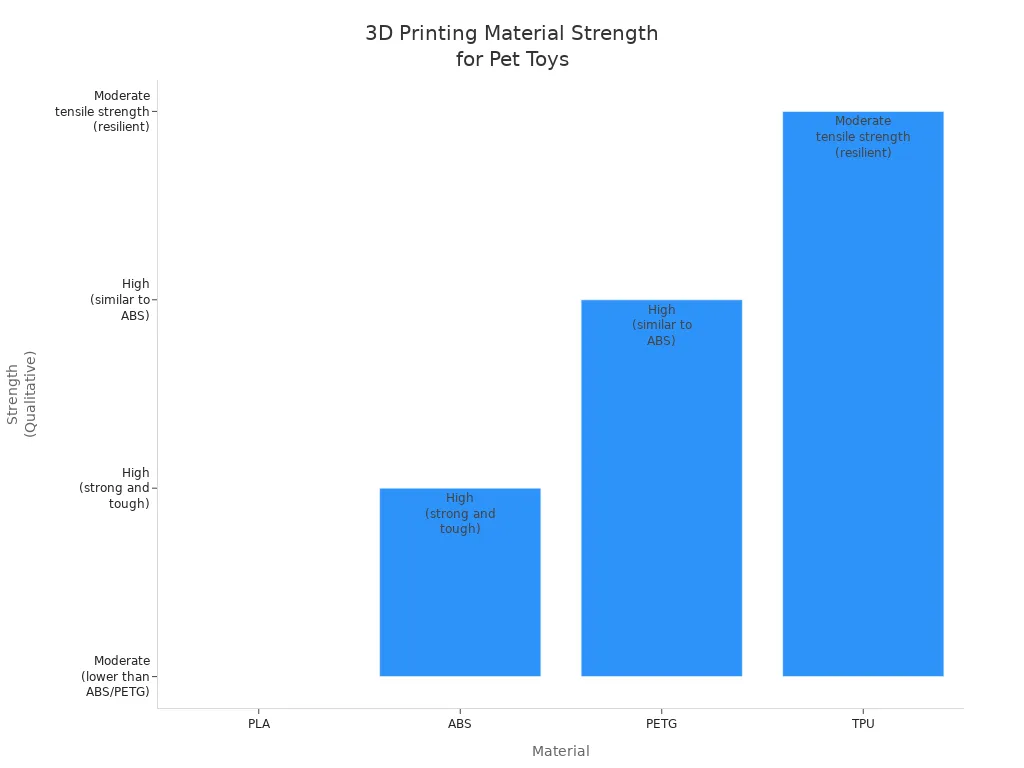
TPU is very flexible and absorbs shocks. PETG is strong and does not get damaged by water or chemicals. This makes it good for outdoor toys. ABS is tough and can handle rough play. PLA is good for the planet but breaks more easily, so it works best for gentle pets or for decoration.
Sometimes, 3D-printed toys can break if the print settings are wrong. Here are some common reasons:
Weak supports during printing can make parts snap or fall apart.
Bad bed adhesion can make the toy come off before it is done printing.
Too much or too little plastic flow can make the toy weak or unfinished.
Printing at the wrong angle can put stress on the toy and cause cracks.
Note: If you want a toy that lasts, pick a material that matches your pet’s play style. For pets that chew a lot, choose something strong and flexible like TPU or PETG. For gentle pets, PLA might be fine.
With the right material and careful printing, you can make a safe, strong toy that keeps your pet happy and healthy!
3d print pet Customization
Matching Toy to Pet
You know your pet better than anyone. Customizing a 3d print pet toy means you can match the toy to your pet’s personality and needs. Pawimprint has years of experience making custom keepsakes, so you get a toy that feels special and safe. When you design a toy just for your pet, you can choose the right size, shape, and material. This helps keep playtime fun and safe.
You can pick flexible materials like TPU for pets that love to chew and bend their toys.
Want something unique? You can add your pet’s name or even print their face on the toy.
Interactive features, like puzzles or treat dispensers, make playtime more exciting and keep your pet busy.
Custom toys do more than just look good. They help your pet stay active and happy. When you create a 3d print pet toy that fits your pet’s style, you build a stronger bond and make playtime safer.
Tip: Try adding patterns or colors your pet likes. This makes the toy stand out and adds emotional value.
Size and Chewing Habits
Every pet is different. Some dogs love to chew, while others just like to carry their toys around. You need to think about your pet’s size and chewing habits before you start your 3d print pet project.
Research shows that dogs interact with toys in different ways. Some breeds bite longer or harder, so they need tougher toys. Small breeds might need lighter toys that fit their mouths. If your pet chews a lot, pick a strong material and a design that can handle rough play. For gentle pets, you can use softer materials and simple shapes.
A table can help you decide:
Pet Type |
Chewing Style |
Best Toy Size |
Suggested Material |
|---|---|---|---|
Small Breed |
Gentle |
Small |
PLA, TPU |
Large Breed |
Heavy Chewer |
Large |
PETG, TPU |
Toy Breed |
Light Chewer |
Extra Small |
PLA |
Active Dog |
Moderate |
Medium |
PETG, TPU |
When you match the toy’s size and strength to your pet, you make playtime safer and more fun. Customizing your 3d print pet toy helps you meet your pet’s needs and keeps them happy.
3d printed toys Materials
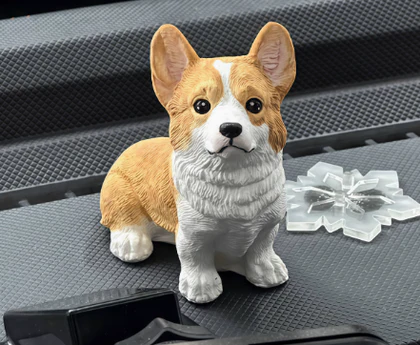
Choosing the right material for your 3d-printed toys can make all the difference for your pet’s safety and fun. Each material has its own strengths, so let’s break down the most popular options you’ll find for 3d-printed toys.
PLA
PLA stands for polylactic acid. You might like PLA because it’s made from plants like corn or sugarcane. This makes it a more eco-friendly choice. PLA is easy to print and comes in lots of bright colors, so you can make toys that look great.
However, PLA is not the toughest material. It works best for gentle pets or for toys that won’t get chewed a lot. If your pet likes to nibble or toss their toys lightly, PLA could be a good fit. It’s also biodegradable, which means it’s better for the planet if you ever need to throw the toy away.
Tip: PLA is perfect for decorative toys or for pets that don’t chew much. If your pet is a heavy chewer, you might want to try something stronger.
TPU
TPU, or thermoplastic polyurethane, is a favorite for 3d-printed toys that need to bend, bounce, and last. You’ll notice that TPU toys feel soft and rubbery. They’re great for pets who love to chew, tug, or fetch. TPU is safe for dogs and has even been used in tough dog toys like the AgriChew™. Instead of breaking into sharp pieces, TPU toys wear down slowly, which helps keep your pet safe.
You’ll find that TPU toys are lightweight, bouncy, and easy to clean. They’re also hypoallergenic, so they work well for pets with sensitive skin. TPU stands up to oils, greases, and chemicals, making it a smart choice for outdoor play. However, printing with TPU can be tricky because it’s so flexible. If you’re new to 3D printing, you might need some practice to get it just right.
TPU isn’t biodegradable, but you can recycle it. For fetch toys or anything that needs to flex and bounce, TPU is a top pick. Your dog will love the way these toys move and feel.
Nylon
Nylon is a super-strong material that’s perfect for pets who chew a lot. If your dog is an aggressive chewer, nylon 3d-printed toys can handle the challenge. Nylon toys last a long time and don’t break apart easily, so you won’t have to replace them often.
Nylon stands up to constant chewing and rough play.
These toys give your dog a safe way to use their natural chewing instincts.
You’ll save money because nylon toys don’t wear out quickly.
Nylon toys are easy to clean and dry fast, so they stay fresh.
Nylon’s toughness means your pet gets more playtime and you get peace of mind. If you want a toy that lasts, nylon is a smart choice.
PETG
PETG, or polyethylene terephthalate glycol, is another strong option for 3d-printed toys. PETG is food-safe and similar to the plastic used in water bottles, so it’s a good pick for toys that hold treats or food. It’s durable, resists heat, and stands up to chemicals, making it great for both indoor and outdoor toys.
When you print with PETG, you should keep a few safety tips in mind:
PETG toys can have tiny layers where bacteria might hide. You can add a food-safe epoxy coating to keep them clean.
Always use a stainless steel nozzle when printing toys that touch food.
Print in a well-ventilated area to avoid breathing in fumes.
Keep your 3D printer away from pets while it’s running.
Clean PETG toys often, especially if your pet chews or licks them a lot.
PETG gives you a mix of strength and safety. It’s less likely to break than PLA and doesn’t give off as many harmful particles as some other plastics. With the right care, PETG toys can keep your pet happy and healthy.
Comparison Table
Quick Reference
Choosing the right material for your pet’s 3D-printed toy can feel tricky. You want something safe, strong, and fun for your furry friend. Here’s a quick table to help you compare the most popular options:
Material |
Flexibility |
Durability |
Impact Resistance |
UV Resistance |
Ease of Printing |
Extra Notes |
|
|---|---|---|---|---|---|---|---|
PLA |
Low (rigid) |
Low outdoors |
Moderate |
Low |
Poor |
Easy |
Biodegradable, best for indoor use, safe but brittle |
TPU |
High (elastic) |
High |
High |
High |
Good (some grades UV stable) |
Moderate (needs special printer setup) |
Flexible, durable, wears down slowly, great for chewers |
Nylon |
Moderate to High |
Very High |
High |
Moderate to High |
Moderate |
Needs drying before printing |
Tough, shatter-resistant, long-lasting |
PETG |
Moderate |
High |
High |
Moderate |
Excellent |
Easy to moderate |
Impact and heat resistant, good for outdoor toys |
Tip: If your dog loves to chew, TPU stands out. Pet owners say TPU toys last for months and don’t break into sharp pieces, so they’re safer for your pup. PLA is safe and non-toxic, but it’s better for gentle pets or decorative toys because it can snap if chewed too hard.
You might wonder which material fits your pet best. Here’s a quick rundown:
🦴 TPU: Super flexible and tough. Perfect for dogs who chew and tug.
🏠 PLA: Good for gentle pets and indoor toys. Safe, but not for heavy chewers.
💪 Nylon: Great for strong chewers. Lasts a long time and resists breaking.
🌞 PETG: Handles outdoor play and rough use. Easy to clean and keeps its shape.
When you match the material to your pet’s play style, you help keep them safe and happy. Always check your toys for wear and clean them often. That way, playtime stays fun and worry-free!
Keep Your Pets Busy
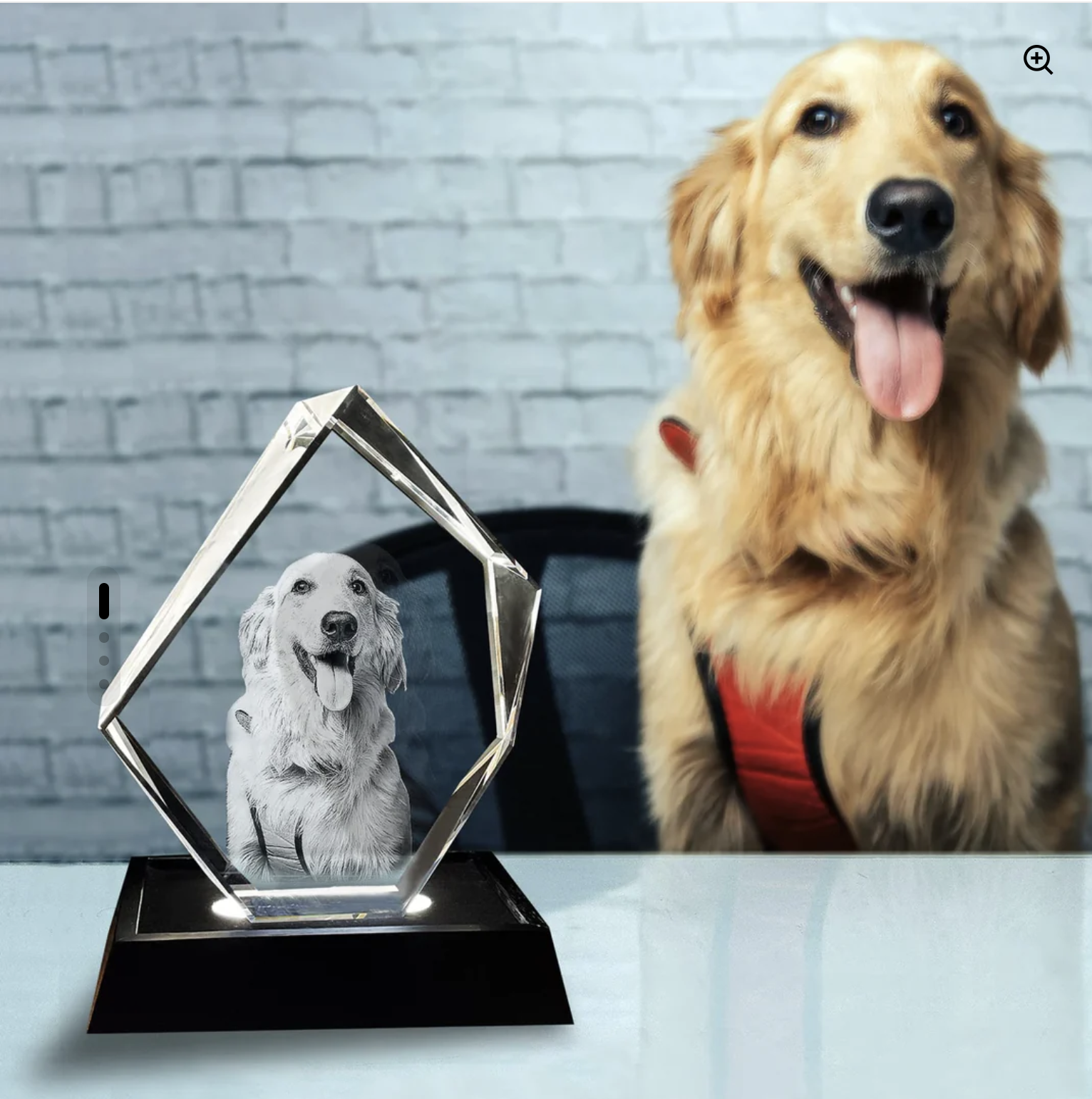
Interactive Toy Types
You want to keep your pets busy and happy, right? Interactive 3D-printed toys make that easy. These toys do more than just sit around. They challenge your pet’s mind and body. Here are some engaging toys you can try:
A wobble egg rolls and wobbles in every direction. Your pet will chase it, paw at it, and try to figure out how to get treats out. You can even print a modular maze to connect with the wobble egg for extra fun.
The turntable starfish spins and twists when your cat bats at it. This toy keeps your cat moving and thinking.
A cat corner scratcher fits right into the corner of your room. Your cat can rub, scratch, and play whenever they want. You can even add a wobble egg nearby for double the excitement.
Puzzle feeders and treat dispensers make your pet work for their snacks. These toys reward your pet for solving problems.
Ball tracks and articulated toys move in surprising ways. Pets love to chase and pounce on them.
Wall-mounted springy toys bounce back after every swat, keeping your cat or dog entertained.
Some toys, like the wobble egg or turntable starfish, can even include lights or sounds. These features grab your pet’s attention and make playtime more exciting.
Tip: Try a dog bone made from flexible material for dogs who love to chew. It helps with oral health and keeps them busy.
Mental Stimulation
Pets need more than just physical play. They crave mental stimulation, too. When you give your pet toys like a wobble egg or a turntable starfish, you help them think and solve problems. These toys make your pet use their brain to get treats or figure out how the toy works.
A cat corner scratcher gives your cat a place to scratch and explore. It also helps reduce stress and stops boredom. Interactive toys, such as puzzle feeders, keep your pet’s mind sharp. They prevent destructive habits by giving your pet something fun and challenging to do.
You can even find toys with sensors or lights. These smart toys react to your pet’s touch or movement. They make playtime feel new every time. When you use engaging toys, you help your pet stay active, healthy, and happy.
Safety Checks
Testing and Maintenance
You want your pet to play safely every time. Before you hand over a new 3D-printed toy, take a few minutes to check it. This helps you catch any problems early and keeps your furry friend out of trouble.
Here’s a simple checklist you can follow:
Look for sharp edges or rough spots. Run your fingers over the toy. If you feel anything poking or scratching, smooth it out with sandpaper.
Check for small or loose parts. Anything that could break off might become a choking hazard.
Make sure the toy has thick walls and rounded edges. This makes it stronger and safer for chewing and tugging.
Use non-toxic materials like PLA or PETG. These are safer for pets and last longer.
Dry your filament before printing. This helps you avoid rough surfaces that could scratch your pet’s mouth.
Print toys in a well-ventilated area. Some materials release fumes that you don’t want to breathe in.
Never use 3D-printed toys for food or water. Tiny holes in the plastic can trap germs.
Tip: Always supervise your pet during play, especially with new toys or toys that have moving parts.
After playtime, give the toy another look. Check for cracks, worn spots, or damage. If you see any, it’s time to replace the toy. Regular inspections help you spot problems before they become dangerous.
When it comes to cleaning, gentle is best. Harsh chemicals like alcohol can wear down the toy’s surface and make it weaker. Instead, use mild, fat-free dish soap and warm water. This keeps the toy clean without damaging it. Avoid leaving toys in the sun for too long. UV light can make the plastic brittle and easier to break.
By testing and maintaining your 3D-printed pet toys, you help your pet stay safe and happy. A little care goes a long way!
You want your pet’s toys to be safe and strong. Picking materials like PLA and PETG gives you peace of mind because they are non-toxic and durable. When you match the toy’s design to your pet’s play style, you help keep them happy. Pawimprint always puts your pet’s safety first. Remember to check toys for cracks or sharp spots and smooth rough edges. Regular safety checks make playtime last longer and safer.
PLA and PETG balance safety and durability for most pets
Rounded edges and thicker walls help prevent accidents
FAQ
What is the safest material for 3D-printed pet toys?
You want a safe toy for your pet. PLA and PETG are non-toxic and work well for most pets. TPU is also safe and flexible. Always check for sharp edges before giving the toy to your pet.
Can I wash 3D-printed pet toys in the dishwasher?
You should wash most 3D-printed toys by hand. Use warm water and mild soap. Dishwashers can warp or damage toys made from PLA or TPU. PETG and nylon handle heat better, but hand washing is still best.
How do I pick the right size for my pet’s toy?
Look at your pet’s mouth and chewing style. Small pets need smaller toys. Big chewers need thicker, stronger toys. If you’re not sure, measure your pet’s mouth and choose a toy that fits easily.
Are 3D-printed toys good for heavy chewers?
You can use TPU or nylon for dogs that chew a lot. These materials last longer and don’t break easily. Avoid PLA for heavy chewers because it snaps under pressure.
Can I customize the color or shape of my pet’s toy?
You can choose any color or shape you like. 3D printing lets you design toys with your pet’s name, favorite color, or even a special pattern. Custom toys make playtime more fun and personal.
